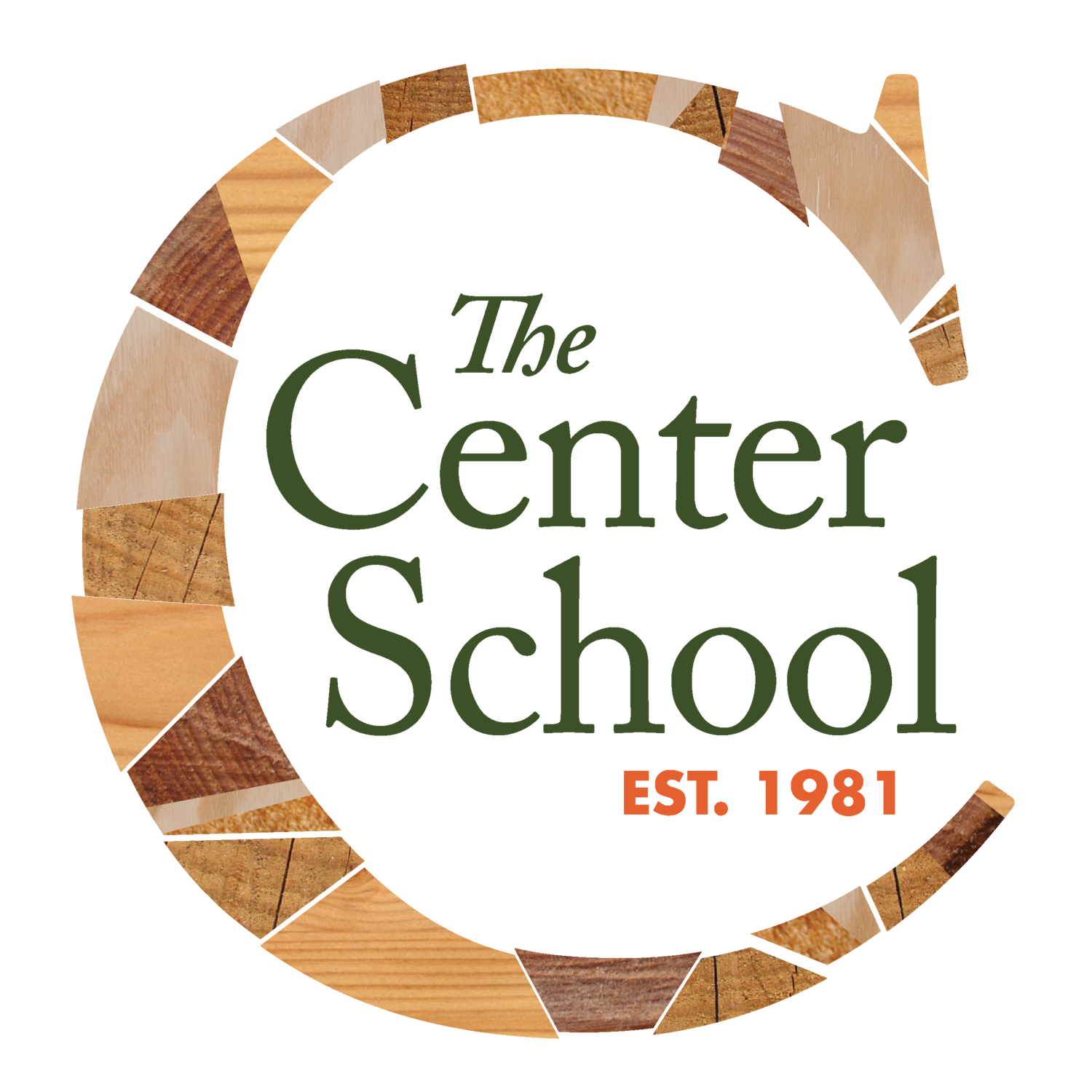Collaborative Learning in Uppers Math
In Uppers math this year we are working on building thinking classrooms. Building Thinking Classrooms is an educational approach developed by Dr. Peter Liljedahl, professor of mathematics education at Simon Fraser University in Canada. Sparked by observing dozens and dozens of teachers struggle to engage students in deep thinking and problem-solving, and observing hundreds of students engaged in a lot of behavior that didn’t include thinking—or learning—Peter set out to find the answer to a simple question: How can we get more students to think and to think longer?
In our work every day, we are finding time to slow down and have everyone engage in the same work around mathematics: talking about it. Often, math classrooms are filled with repetitive, wrote, and dry problem solving. Many adults we know around us today will tell you they didn't like math much in school, and that they are even "just not a math person". But perhaps those people were never truly invited into the learning in a way that worked for them. A stream of wrong answers, the reasoning behind them was already known but kept at bay until you hoisted yourself into the next level up, is a hard way to enter a subject that you study every day for many learners. But what if you and your peers were the agents of knowledge creation, the discoverers and describers of mathematics? What if the conversation and ideas in your own mind were the basis for problem solving and learning?
When one thinks about providing access to all learners (a goal of ours at the Center School), this approach turns the idea of access on its head. With guidance from alumn parent and math pedagogy coach Karen Schweitzer, Andy, Kathryn, and Kara are working to combine the thinking classroom with our math curriculum of Illustrative Mathematics. The best examples of this are when students are all given the same warm-up questions but then when prompted to share, their answers are diverse enough to spur a 20+ minute conversation. A conversation where students are invested in what each other has to say. A conversation where the work at hand is about self expression, not strict adherence to a memorized rule and shutting down ideas that diverge from it. It's a humbling thing to think that the best math learning will come from strong math thinking and a social connection to the meaning derived from conversations about mathematics. It gives new meaning to the phrase "If you want to go quickly go alone, if you want to go far, go together."



